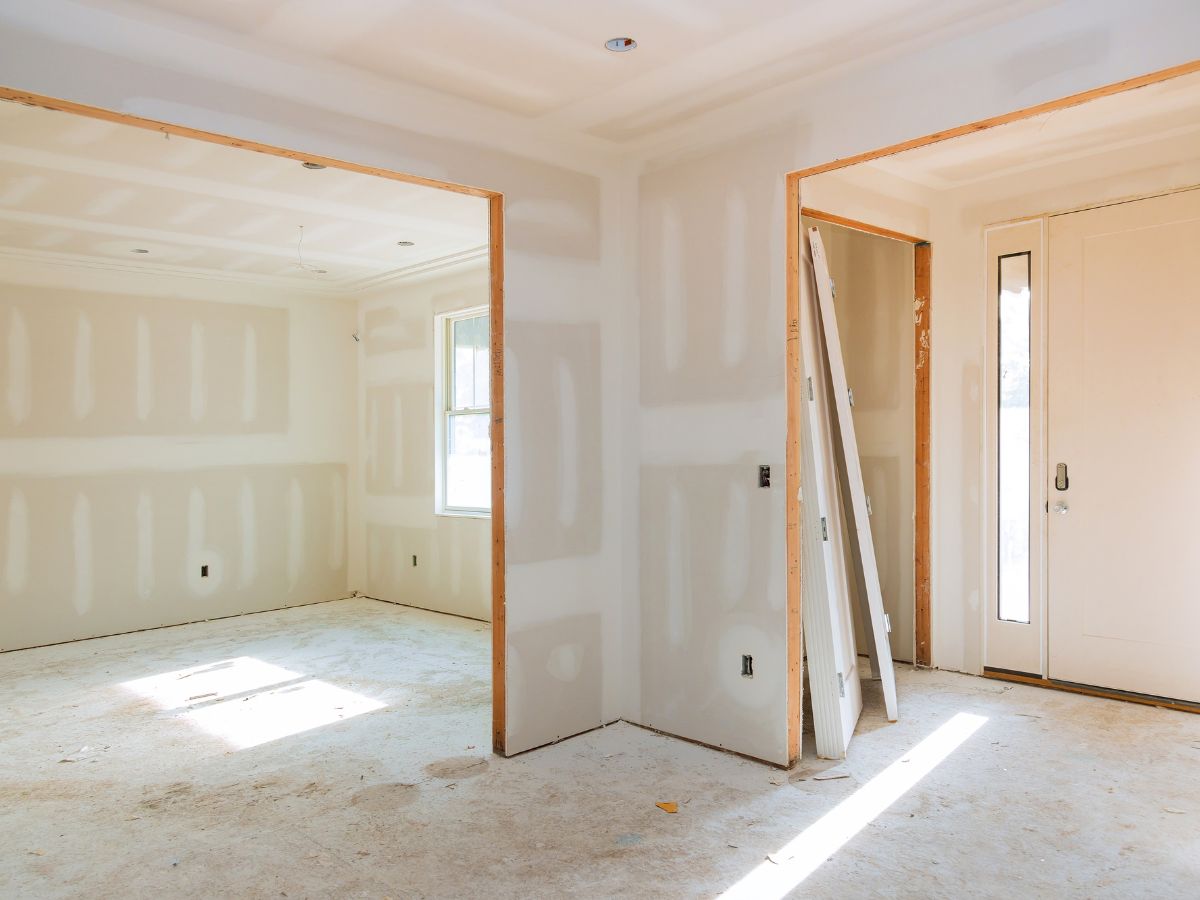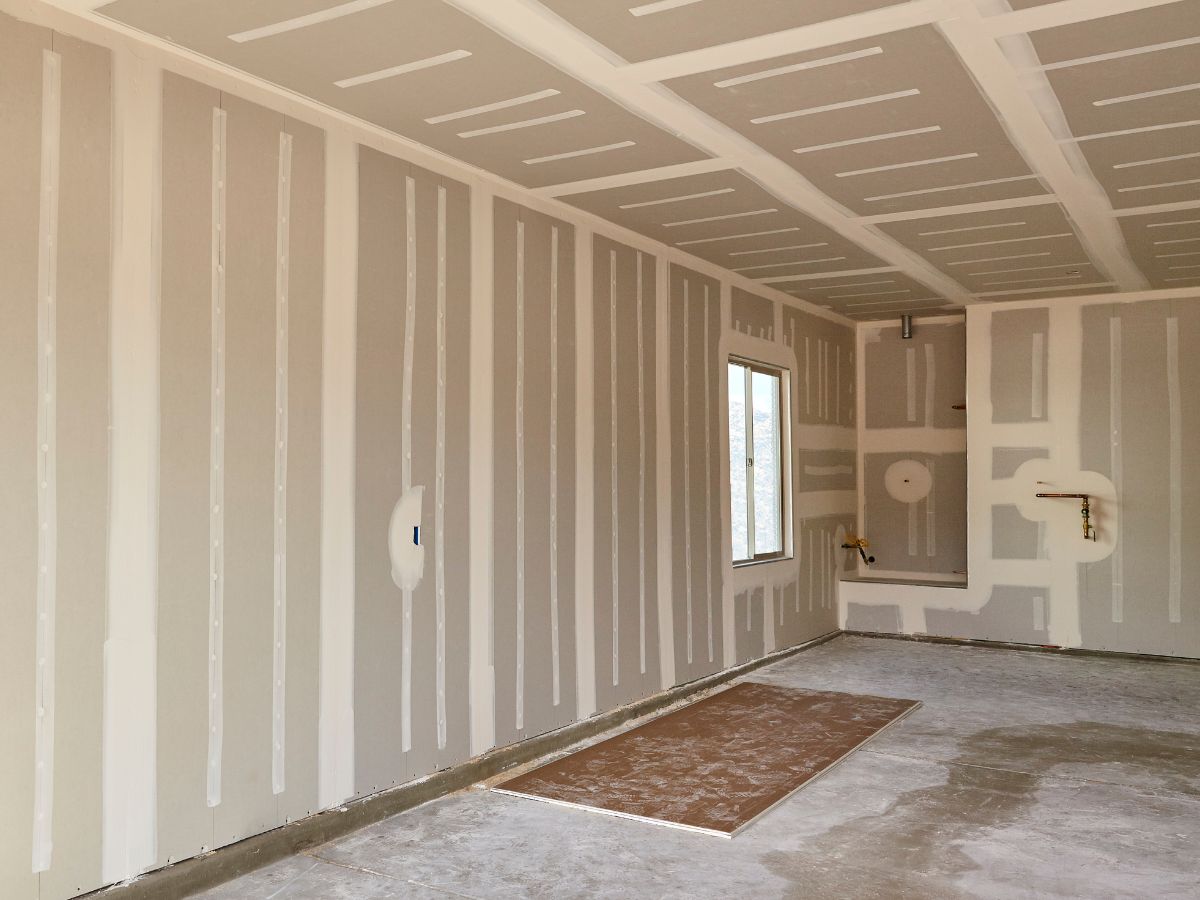Drywall is a ubiquitous building material that can sustain damage over time due to various factors, including accidents and wear and tear. Repairing drywall is a common DIY project, but it’s important to approach it correctly to achieve professional-looking results. In this blog, we’ll explore the essential do’s and don’ts of drywall repair to help you tackle this task effectively and with confidence.
The Do's of Drywall Repair
- Gather the Right Tools: Do ensure you have all the necessary tools on hand, including a utility knife, putty knife, sandpaper, joint compound, and mesh tape.
- Safety First: Do wear safety gear, including safety glasses, a dust mask, and gloves to protect yourself from dust and potential irritants.
- Assess the Damage: Do inspect the damaged area thoroughly to determine the extent of the repair needed. Ensure there is no underlying issue causing the damage, such as water leaks.
- Prepare the Surface: Do clean the damaged area and remove any loose or damaged drywall, ensuring a smooth and stable surface for repair.
- Apply Joint Compound in Thin Layers: Do apply joint compound in thin layers, allowing each layer to dry before adding the next. This prevents excessive buildup and ensures a smooth finish.
- Use Mesh Tape for Large Holes: Do use mesh tape for larger holes or cracks. It provides added stability and prevents future cracking.
- Sand Between Coats: Do sand the joint compound lightly between coats to achieve a smooth finish. Use a fine-grit sandpaper and be careful not to oversand.
- Prime Before Painting: Do apply a primer to the repaired area before painting. This helps the paint adhere evenly and prevents flashing.
- Match the Paint: Do match the paint color and finish to the existing wall for a seamless look. Paint the entire wall if necessary to achieve an even appearance.

The Don'ts of Drywall Repair
- Don’t Rush: Don’t rush the repair process. Allow each layer of joint compound to dry completely before moving on to the next step.
- Avoid Overloading Joint Compound: Don’t apply joint compound in thick layers as it can crack and create an uneven surface.
- Don’t Skip Sanding: Don’t skip the sanding step between coats. Sanding helps achieve a smooth finish, and skipping it can result in a bumpy surface.
- Avoid Using Duct Tape: Don’t use duct tape or masking tape for repairs. These tapes are not suitable for drywall repairs and may leave residue or damage the surface.
- Don’t Neglect Safety Gear: Don’t overlook safety gear. Protect yourself from dust and potential irritants by wearing the necessary safety equipment.
- Avoid Ignoring Underlying Issues: Don’t ignore underlying issues that may be causing drywall damage. Address the root cause, such as leaks, before making repairs.

Repairing drywall can be a satisfying DIY project when done correctly. By following these do’s and don’ts, you’ll be well-equipped to tackle drywall repairs with confidence and achieve professional-looking results. Remember to take your time, prioritize safety, and pay attention to details for a successful outcome.


